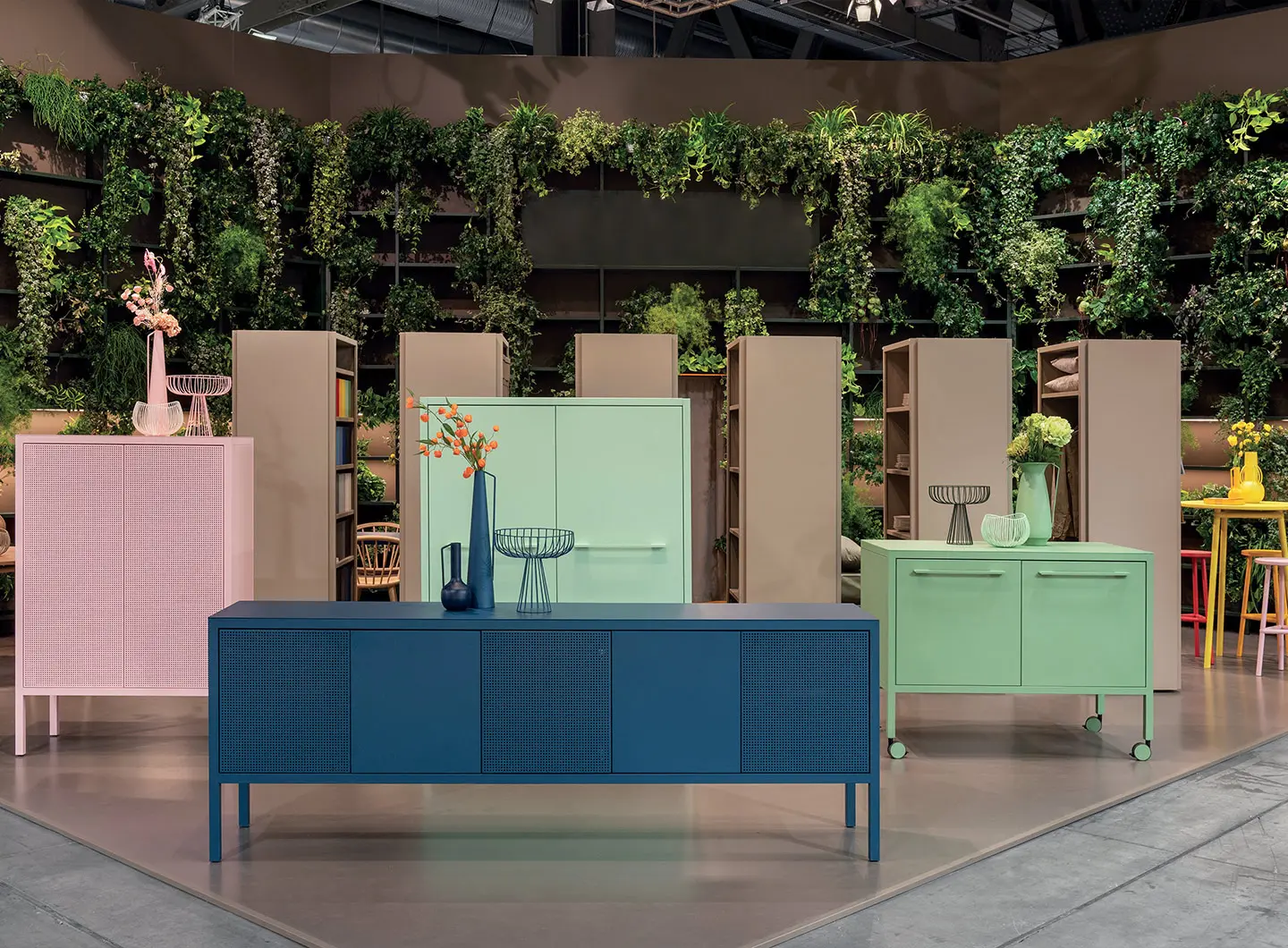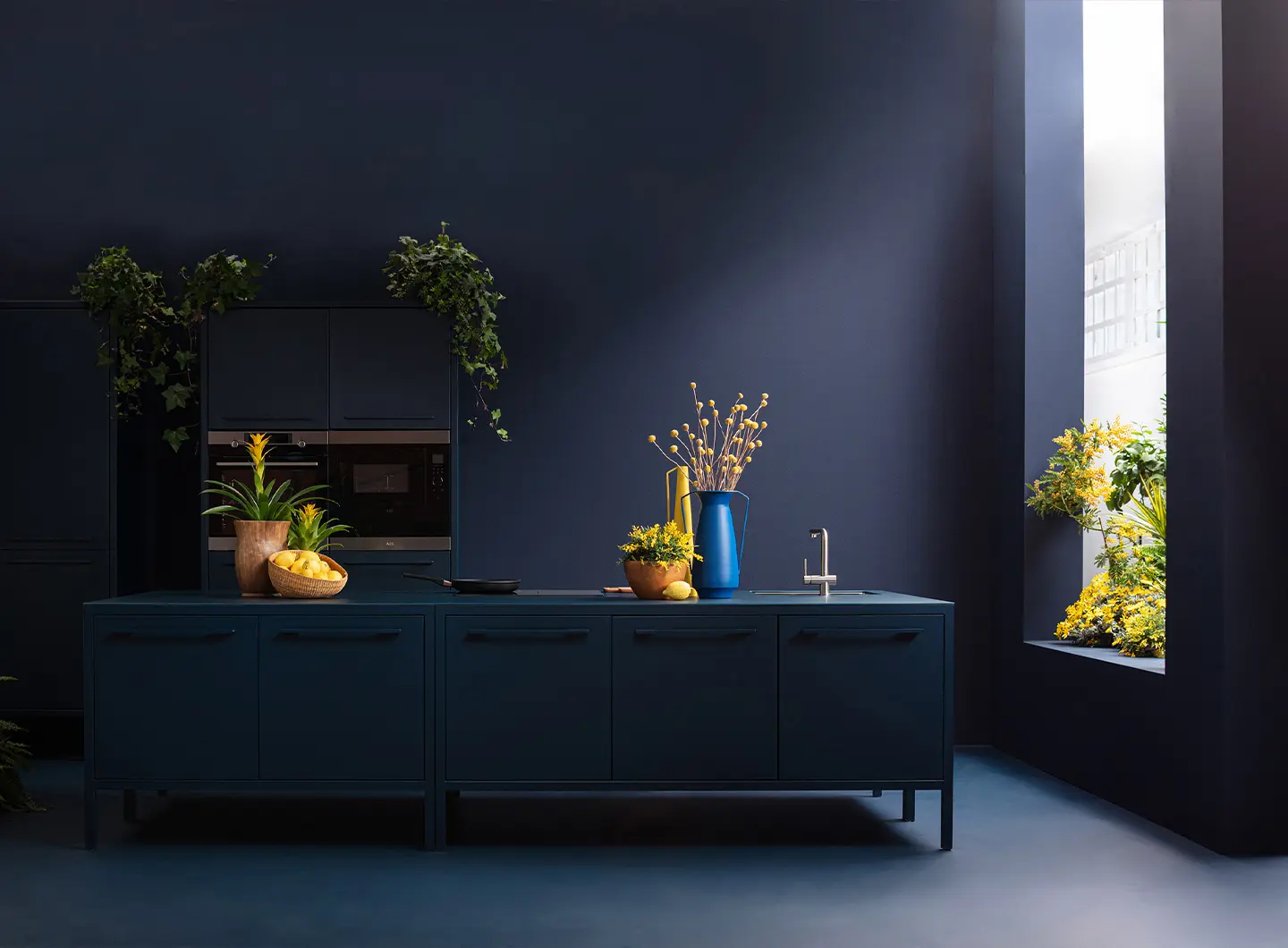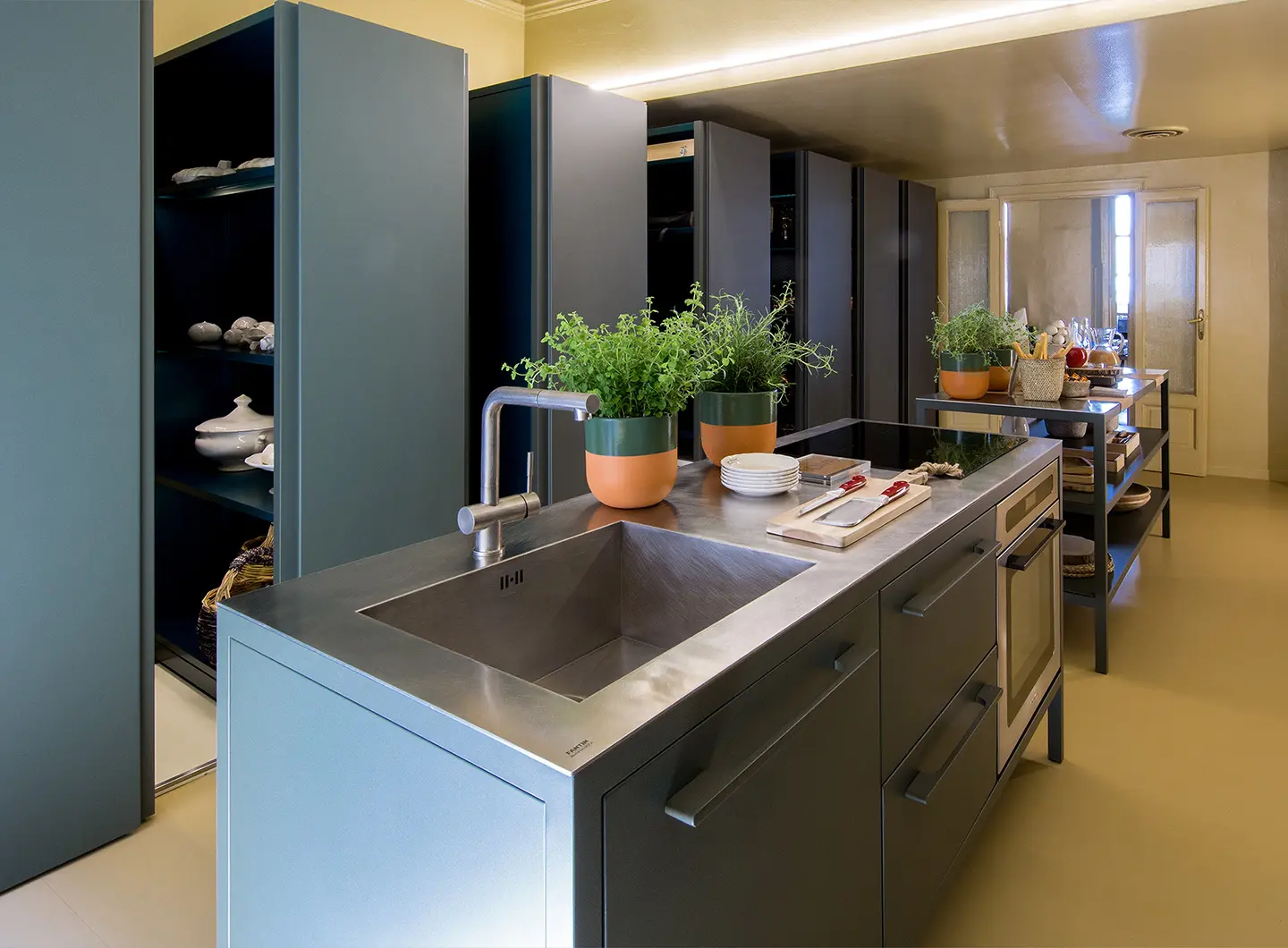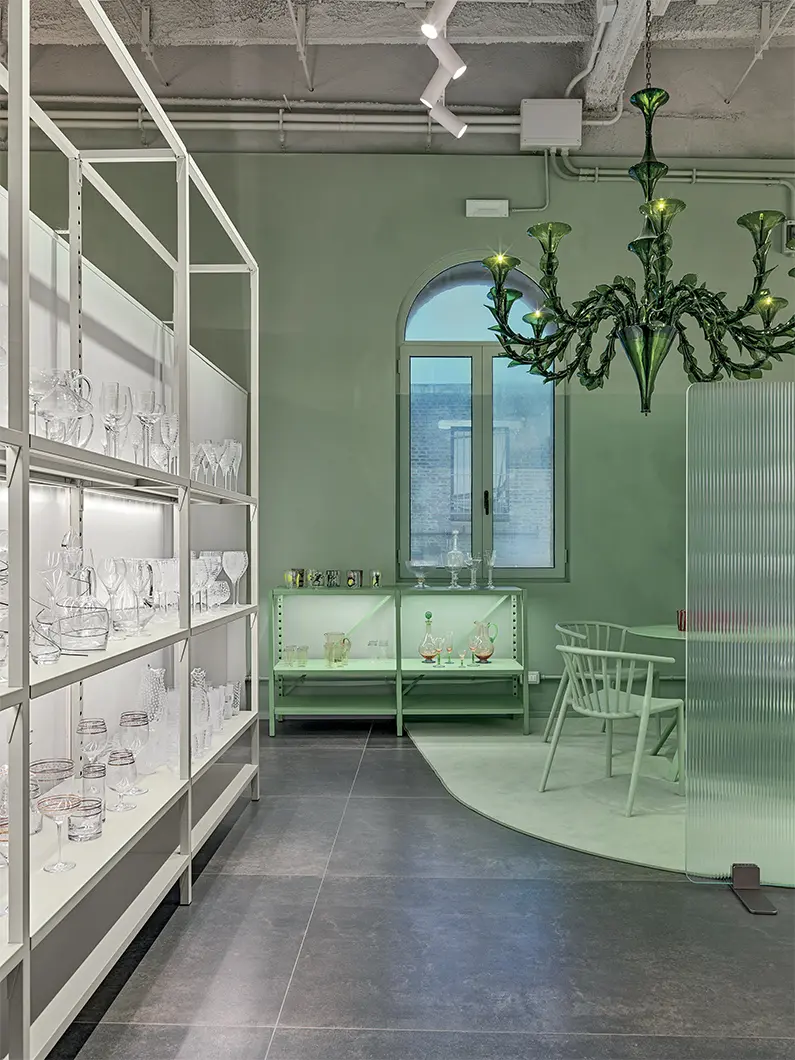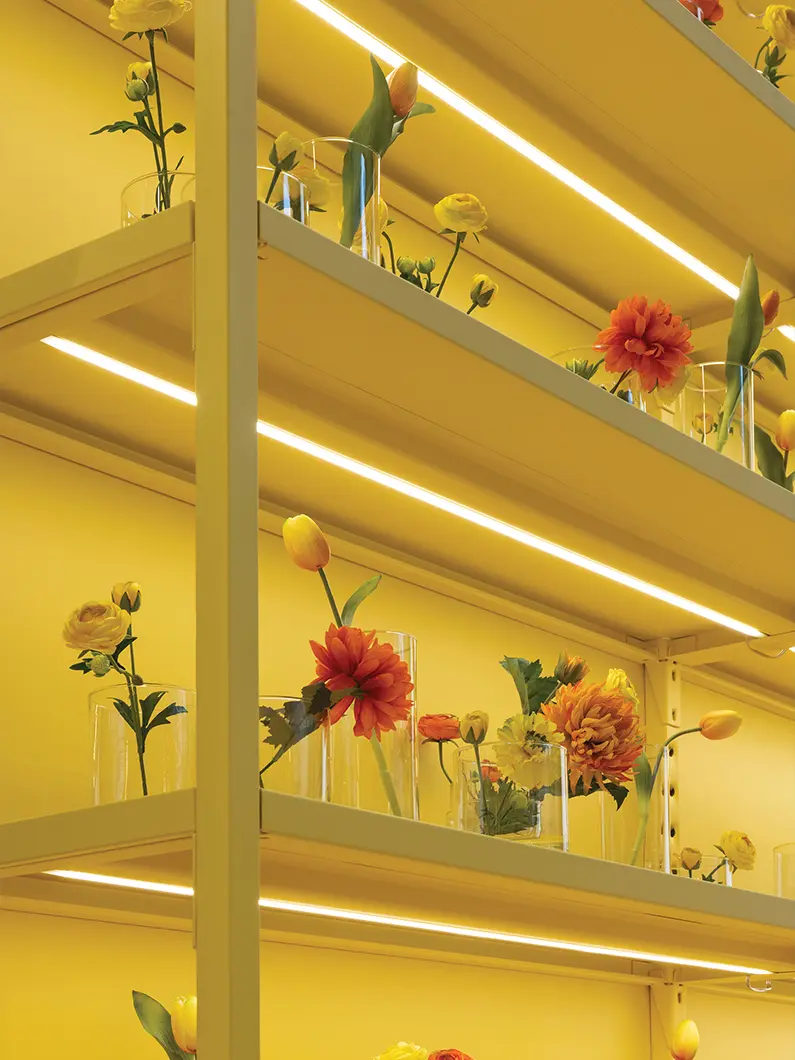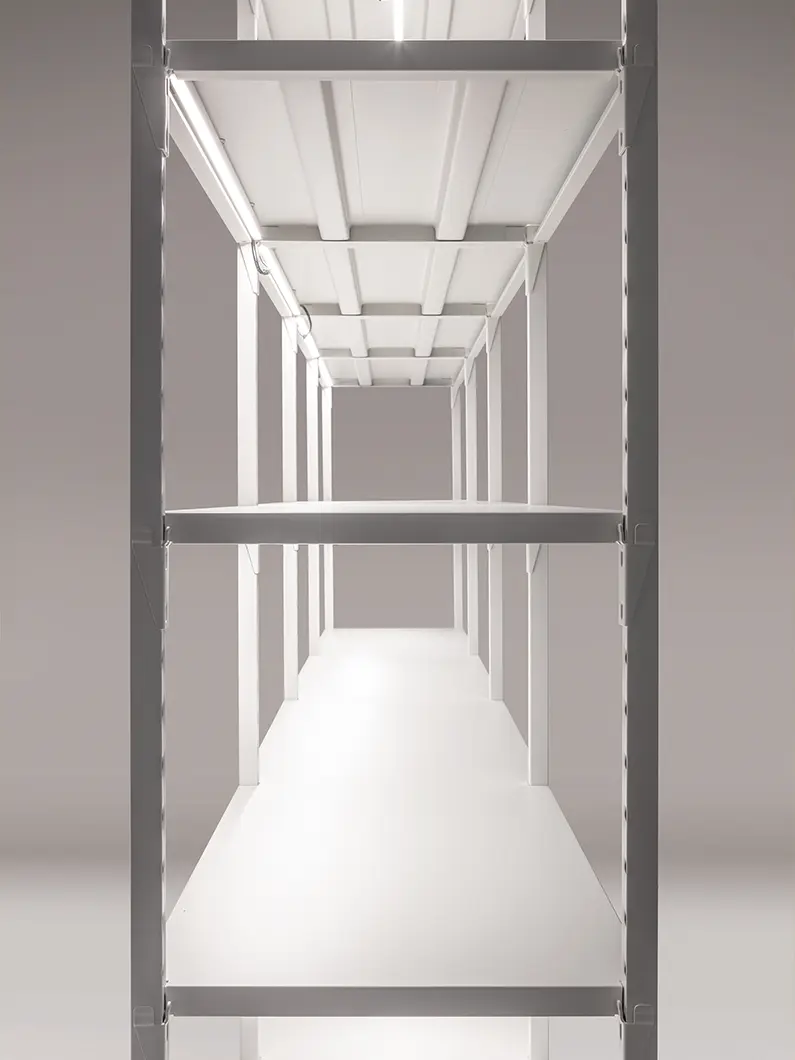From BIG to David Chipperfield, Frank Gehry to Snøhetta: a world tour of the best buildings set to open in 2026
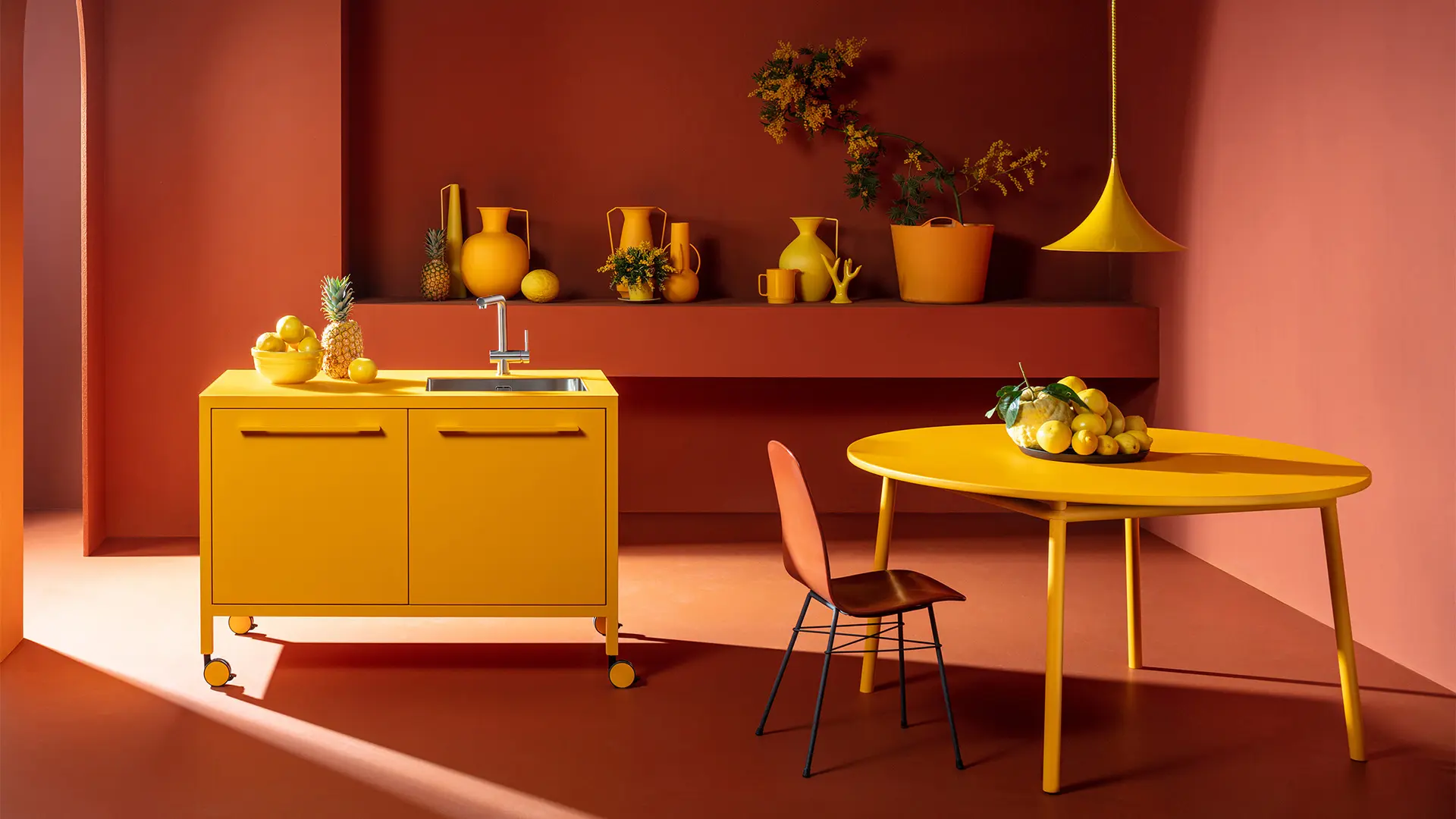
Fantin, Frame, design Salvatore Indriolo, ph. eye-studio
A history 55 years long. The milestones - the 50th anniversary of Uno - and the future achievements. A conversation with the company’s CEO Sandro Fantin
Fantin was founded as a company specializing in metalworking for third parties, and for many years it continued to serve the sector, above all for industry and the office. In 1973 Dorino and his brother Ferruccio designed the Uno shelf, the first Fantin product, with the company is celebrating its 50th anniversary. Thanks to the skills and competences achieved, in 2013 they launched themselves in the home sector, together with the art director Salvatore Indriolo, bringing metal furniture also into domestic interiors.
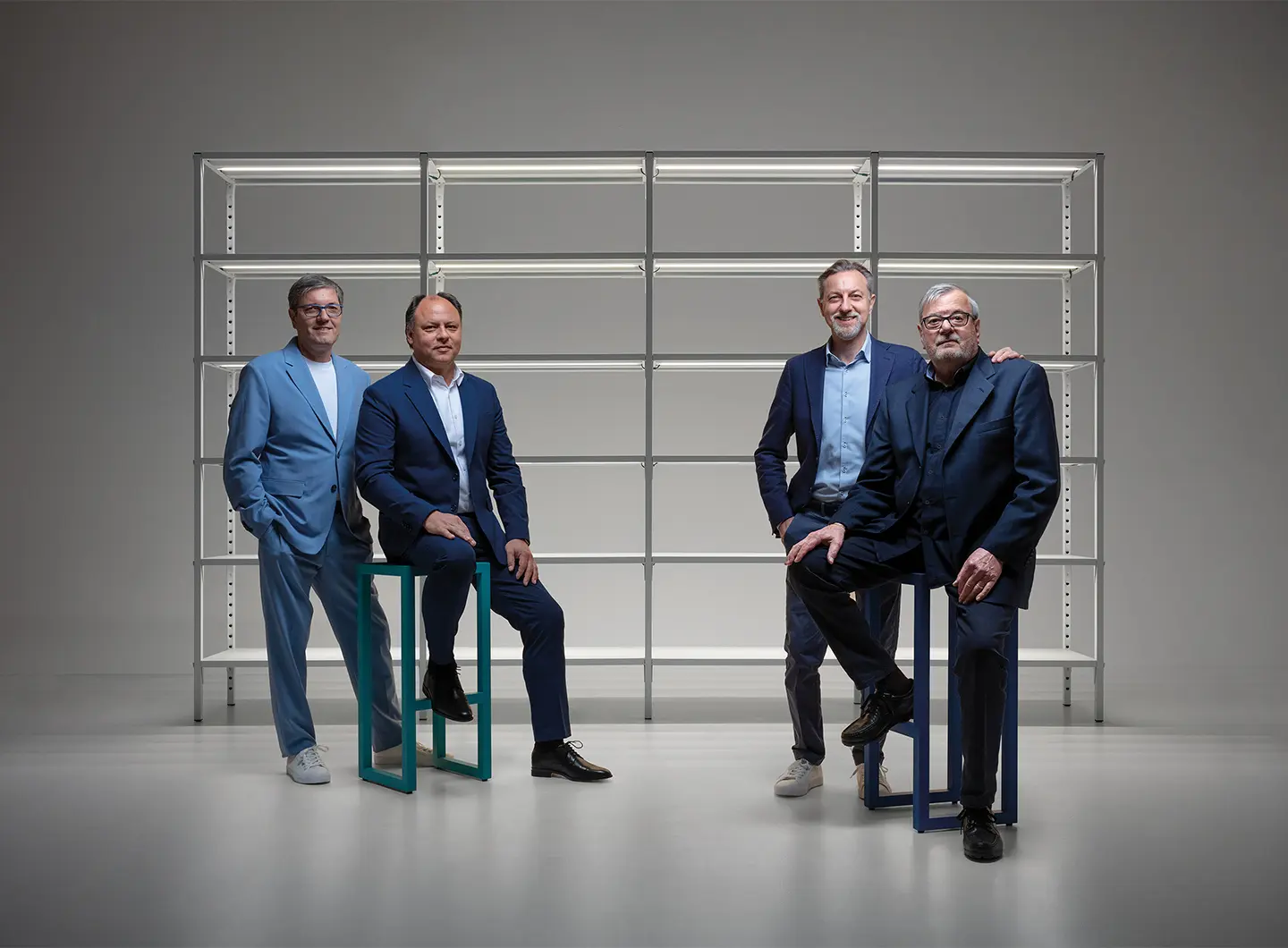
Da sinistra a destra: Rango, Stefano, Sandro e Dorino Fantin, ph. eye-studio
Yes, color is a very important quality. We oversee the whole production process: cutting, punching, bending, tacking and welding, all the way to powder coating. The latter is one of our strengths, as it enables us to offer a range of 35 finishes. In recent years we’ve created a palette of “Earth Colors”, each consisting of different pigments, which to the touch seem just like sand, moss or clay: exclusive textures not usually associated with metal.
Fantin was founded in 1968 by my father Dorino – still active as he approaches his eightieth year in the welding department! – and my uncle Ferruccio, who unfortunately died some years ago. Today, together with my brother Rango and Stefano, Ferruccio’s son, we represent the second generation of the company.
Frame was an important step, which helped renew our identity. Everything began in 2018, from the need to define a sort of “abacus”, a formal identity and a production system that could be interpreted across a range of furnishings. A real system capable of responding to all the demands of home living: from the table to the bookcase, from the sideboard to the cabinet, from the bed to the stool. And, of course, the unmissable product that most identifies any domestic interior: the kitchen. From 2018 to today, the Frame Kitchen and the kitchen columns, our Tall Units, have become our first product in terms of turnover, almost a gift that we gave ourselves at that time for our first 50 years! In second/third place, in terms of turnover, we always have Uno, our historical product that clearly exemplifies this gift for creating transversal products. Already present in warehouses and the industrial sector, over the years Uno shelving has entered the home thanks to color and accessories. In short, it has continued to make its own way, also enriching itself with doors, sides, curtain holders, clothes holders, event becoming a wardrobe ... A multitasking product. This year, as if we were giving it a gift, for its 50th birthday we’ve added LED lighting. All exposed (applied with magnets), consistent with its industrial style.
He didn’t expect an exploit of this kind or even that the shelving would become what it is today, so he’s very happy. When we adopted our new policy, he had some misgivings because we were changing his creation. At first he expressed some doubts, but then he trusted the decisions taken. The critical aspects of this transition to manufacturing for the home also came from the production system, such as the execution of the welds, now carefully designed in detail, which were previously less important. We talking not only about innovation but also changing commercial strategy. Just think of the Frame Collection: a project created to be a transversal solution. The kitchen, for instance, is sold for both home interiors and hotels and all the way to offices, where it’s widely used for breakout areas. In fact office design is tending to become more “gentle”, a term I use to explain how we intend to work metal, to insert it even where it was never envisioned before.
Yes, the Jordan compactable filing cabinet, for instance, was launched in my father’s years as a product for holding business records, installed in basements where no one saw it. Not that it was ugly, but it was devised solely for settings of that kind. In 2013, one of Indriolo’s first innovations was the restyling of this type of product, which led to the creation of the Binaria and Discovery collections, with formal clarity and carefully selected colors. Today, ten years later, our compactable cabinets remain the most beautiful on the market and, though they’re still filing cabinets, we also sell them widely as walk-in closets and they’re often used for stage sets, prestigious exhibition spaces and shops. No longer in the basement, but in plain view.
Exactly. It’s been about ten years since we started this journey and first, when I went to offer metal products for the home, I didn’t come across anyone who turned them down, because it was really a novelty.
In 2013 we were looking for a coordination that would lead us to attain an identity, and we offered him the art direction. My brother Rango knew him because he’d already worked with us on painting products for his high-end customers in the design world. He contacted us thanks to an ultra-matt black with very soft reflections, which is funny if today we think about the color palette we’ve developed together.
The first was with Salvatore, in the role of art director to help us develop this approach. Apart from the image, he created several products for us, all the way up to the Frame Collection in 2018, a multi-year program of different types of products, in which the kitchen is our flagship offering. He was in charge of the creative side and I was of the production process, industrialization and technical development. With the brand’s growth, we shared the need to involve other designers, and the choice immediately fell on Giulio Iacchetti. We’ve always seen him as attuned to our philosophy, and he introduced softer lines. We then differentiated a purely “orthogonal” offering and we managed to find another abacus that recounted metal. This is how the Hug collection came to be, a system of hugs between round metal tubing. Next year we’ll release a new collection by the ruga.perissinotto studio, again in a synergic logic closely bound up with our internal processes.
I have so many ideas in my drawer! But like a good Friulian I cut my coat according to my cloth, no an inch more. In recent years we’ve received many requests for collaborations from other important designers, worth keeping an eye on. I’ve learned to keep quiet when a designer explains his concept to me, and not to interrupt with technical obstacles. This is the only way you really fly. So the things that come out make the difference and, to avoid spoiling the basic idea, I only invent the technical and productive solutions afterwards.
In recent years we’ve restructured in terms of people and equipment. Focusing a lot on color, one part that was renovated first was the paint workshop. With the new paint workshop - a sector headed by my brother Rango - we recover up to 99% of the dust, thanks to the automatic recycling system. This sustainability process is also applied in the washing phase by means of a system of recirculating tanks with automatic soap dosing. In this way we’ve reduced not only soap waste but also the costs.
Yes, for us it was the first time and it was a real success. This year we showed many of our products, except the flagship one: the Frame Kitchen, because it was not the Eurocucina year. Next year we’ll have the chance to show that too, and we have high expectations for it.
Our first interlocutors are the designers. They can present and enhance our product, including new solutions that we would never have imagined.

A Matter of Salone: the new Salone communication campaign
From a reflection on humans to matter as meaning: the new Salone communication campaign explores the physical and symbolic origins of design, a visual narration made up of different perspectives, united by a common idea of transformation and genesis


Salone 2025 Report: The Numbers of a Global Event
Data, analyses, and economic, urban, and cultural impacts. The second edition of Salone del Mobile’s “Milan Design (Eco) System” Annual Report takes stock of a unique event and consolidates the fair’s role as the driving force behind Milan as the international capital of design



 Stories
Stories
